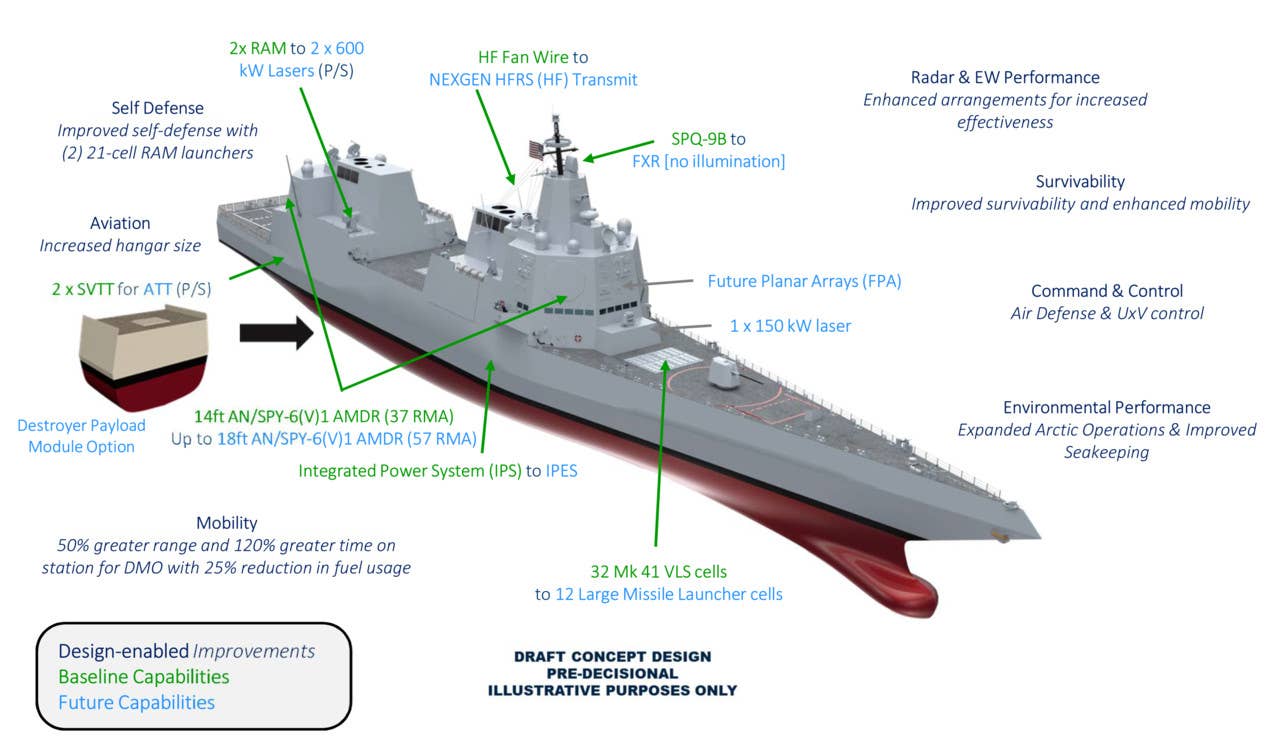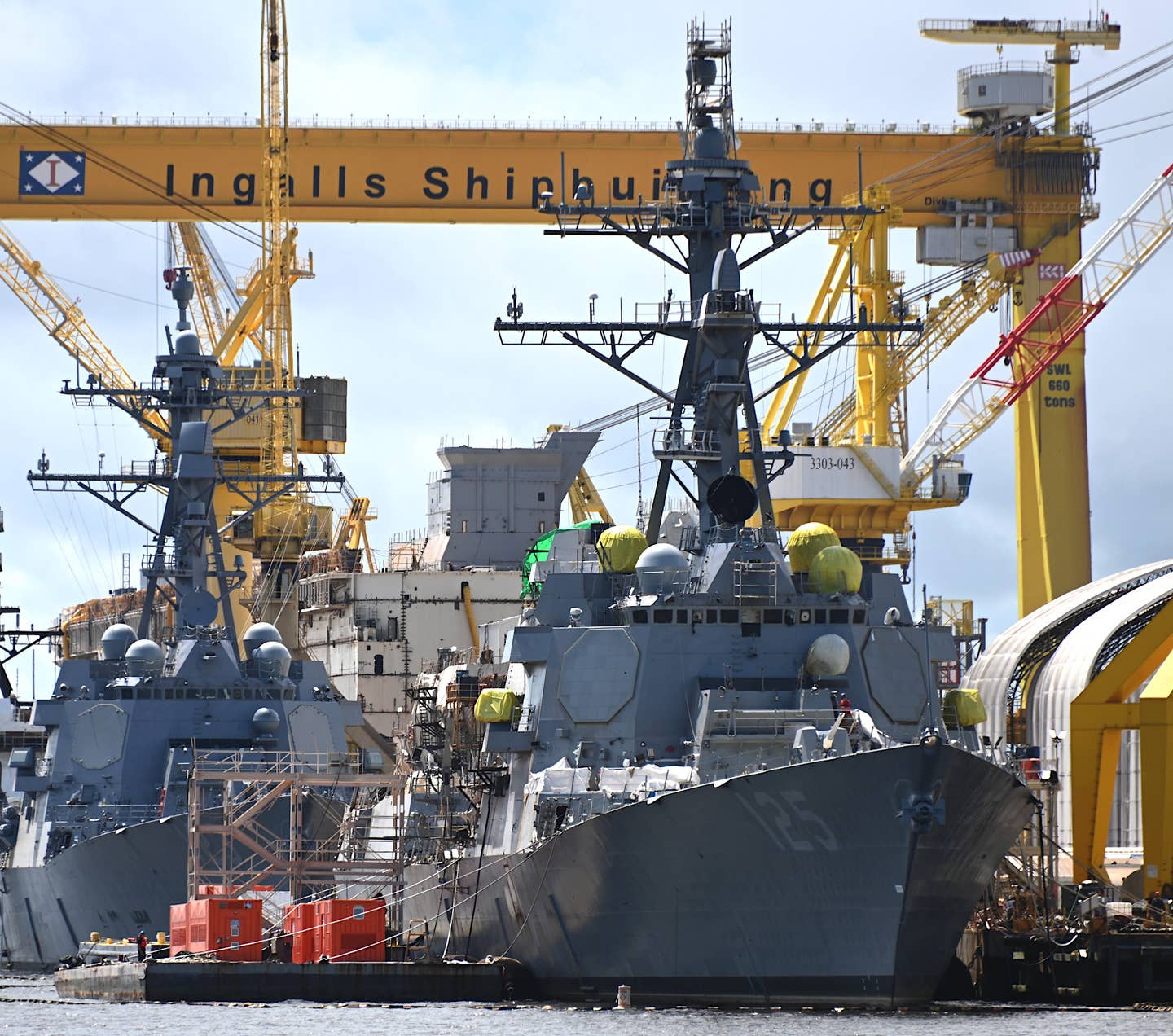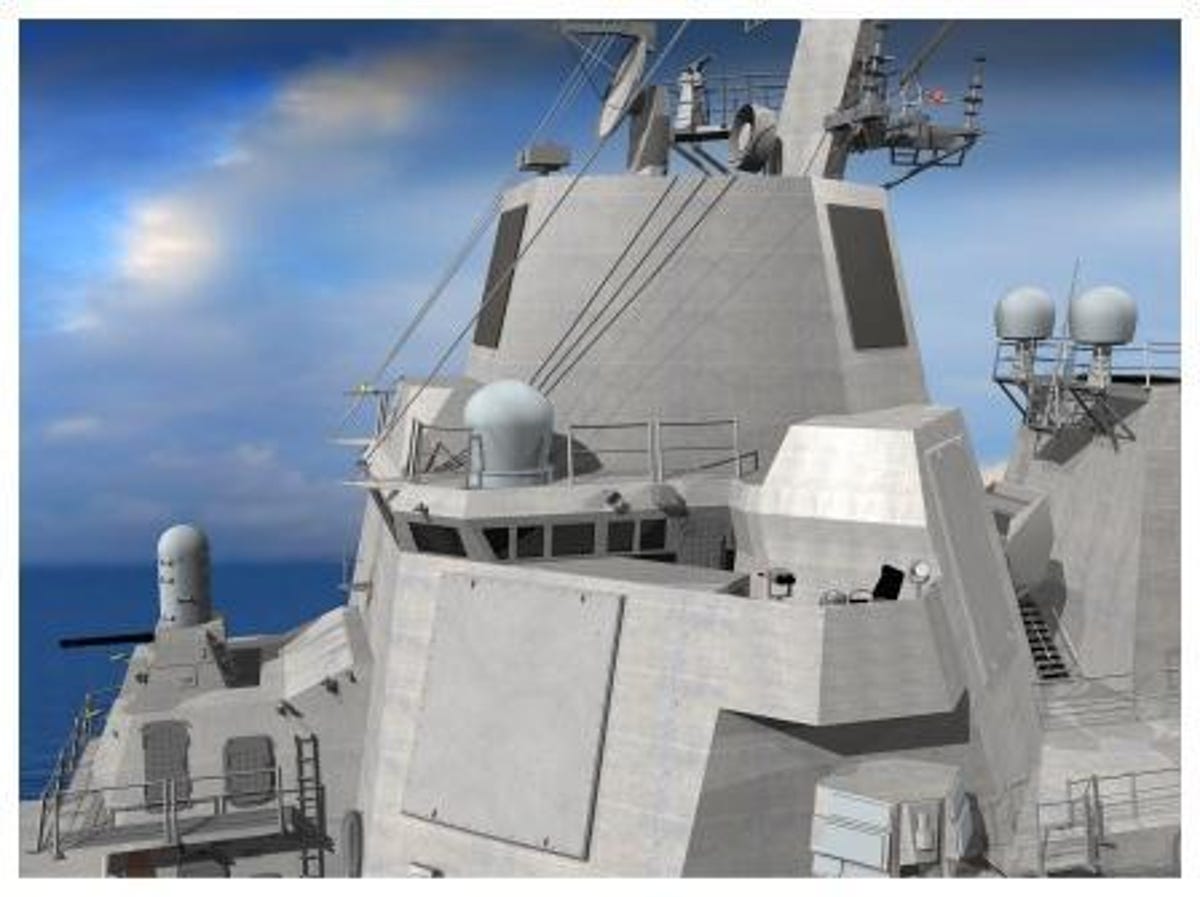Raytheon Spy-6 Radar - The Navy's newest high-tech warships have one thing in common: the SPY-6 radar. The ability to track smaller, faster objects over longer distances gives naval vessels more time to react to incoming threats.
One of the department's challenges in pursuing distributed operations is addressing the reality that legacy systems built on modularity, scalability and connectivity are unable to address new and evolving threats from similar and peer adversaries.
Raytheon Spy-6 Radar

But for one big reason, it's not a challenge for the U.S. Navy's latest advanced weapons systems: the Arleigh Burke-class Flight III destroyers, the upgraded Flight IIA destroyers, and the Constellation-class guided missiles under development. A frigate, Gerald R. Ford-class nuclear-powered aircraft carrier.
Raytheon Offers New Radar For Amphibs, Cvns
This is because all ships are fully equipped with the AN/SPY-6(V) S-band radar, manufactured by Raytheon Missiles & Defense (RMD).
SPY-6 has capabilities directly applicable to large power competition and new operational concepts such as Joint All Domain Command and Control (JADC2) and the Navy's Distributed Maritime Operations (DMO). It can simultaneously defend against ballistic missiles, cruise missiles, hypersonics, hostile aircraft and surface ships, while offering several advantages over legacy radars such as greater detection range, improved sensitivity and more accurate discrimination.
"SPY-6 is a game changer when it comes to big power competition and new advanced threats, so it's important to keep the fleet informed as soon as possible," said Senior Director Scott Spence. Naval Radar for RMD's Naval Power Mission Area.
The SPY-6 radar family's ability to combat today's new threats is based on its modular, scalable hardware and software-defined backbone.
Naval Ballistic Missile Defence: Us, European And Israeli Solutions
Hardware-wise, the SPY-6 produces more radar power and has a more sensitive receiver than previous generation radars. This translates into significantly improved sensitivity that can track objects at greater distances.
SPY-6 offers the ability to operate what we call 'combined air and missile defense' to simultaneously track air-breathing targets, be they cruise missiles, other air-breathing threats or ballistic missiles. Spence said. . "Radar's increased sensitivity and versatility provide the Navy with improved situational awareness across its areas of responsibility, a critical feature of distributed maritime operations."
Spence noted that RMD is working with the Naval Research Laboratory to transfer SPY-6 generated radar data between ships and to share radar power between individual ships supporting the DMO.

On the software side, all four SPY-6 radar variants (see below for details) operate on the same software baseline and backbone. Spence said: Over the next few years, we will add capabilities and features to our radar that will enable it to overcome the threat of any SPY-6 radar delivered to the Navy over the next few decades.
Makichuk: Us Warships To Be Armed With Advanced Spy 6 Radar
Since its inception, Raytheon has invested more than $600 million in the development and production of the SPY-6 family of radars, in addition to an investment of nearly $1 billion by the US Navy. Compared to legacy radars, SPY-6 brings new capabilities to surface ships, such as advanced electronic warfare protection and enhanced detection capabilities.
SPY-6 radar variants have 9 to 37 radar module assemblies known as RMAs. Each RMA is a 2 ft x 2 ft x 2 ft block, which itself is a functional radar containing all the components required to perform a radar mission.
"The common RMA allows the SPY-6 to be scalable and modular to support production in the United States and partner countries across all variants," said Spence. “Scalability is the hallmark of the program, and we are also expanding the backend of the radar. All processing capabilities, cooling and power systems are all scaled proportionally.
Scalability of the SPY-6 family obviously means size, but what matters most to fighters is scalability in terms of features.
Raytheon Wins Us Navy Contract To Produce Spy 6 Radars
"Scaling adjusts sensitivity and power," Spence said. “Adjust the detection range, the distance at which objects can be seen, the size of objects that can be seen, and the number of objects that can be seen at the same time. You can scale the radar up and down depending on the platform and the threat you want to detect.
SPY-6 radar variants have 9 to 37 radar module assemblies that perform their own radar functions.
Installations, deliveries and awards of SPY-6 continue apace. USS Jack H., the Navy's first Flight III destroyer; Installation of the SPY-6(V)1 radar on Lucas (DDG 125) was recently completed and will be declared operational in 2024.

The destroyer was named in March at the Huntington Shipyard by Jacqueline "Jack" H. of the Marine Corps. Named after Lucas, who at age 17 was the youngest soldier to receive the Medal of Honor in World War II. Currently, the Raytheon radar is a work in progress. Integration with fleets and navies and testing of combat management systems. Full-power radar testing will begin later this year during builders trials, which include port and sea demonstrations used to assess ship systems and delivery readiness.
Navsea: New Spy 6 Radar Scores In Ballistic Missile Defense Test
"The program is hitting a milestone," Spence said. The Navy's mantra is 'Keep Jack on Track'. It is important to get the Flight III ship to the head of its class on time. Additional SPY-6 radars will need to be installed for the rest of the Flight III fleet.
The Flight III baseline of the Arleigh Burke class is built around the capabilities of the SPY-6 radar. Navy Says: AMDR Flight III enables ships to conduct simultaneous anti-air warfare (AAW) and ballistic missile defense (BMD), meeting the Navy's critical need for enhanced surface combat integrated anti-aircraft missile defense.
Delivery of the SPY-6(V)1 radar array for the future USS Ted Stevens (DDG 128) class ships has also been completed. The company mainly delivers one 37-RMA SPY-6(V)1 radar array per month.
In related news, the future U.S.S. The first aircraft carrier to receive radar, the John F. Kennedy (CVN 79). Three fixed-surface radar arrays form the SPY-6(V)3 EASR, giving the ship 360-degree coverage. In addition to the multi-mission capabilities of the SPY-6 family, the SPY-6(V)3 has unique capabilities to meet the needs of an aircraft carrier, including weather mapping and air traffic control capabilities.
The Navy's Newest, Most Advanced Warships Will All Soon Have One Thing In Common — The Spy 6 Radar
Earlier this year, the Navy awarded $651 million in hardware, ending construction, including a five-year, $3.2 billion option to equip up to 31 ships with RMDs with fixed-plane and rotating AN/SPY-6(V) radars. Maintenance Agreements. The contract includes seven types of ships, including Arleigh Burke-class Flight III destroyers, aircraft carriers and amphibious ships, as well as the conversion of Flight IIA destroyers.
Equipping the existing Flight IIA destroyer with the SPY-6 will be a key part of the fleet's mid-life modernization and will enable defense against advanced threats such as ballistic or hypersonic missiles.
USS Jack H., the Navy's first Flight III destroyer; Installation of SPY-6(V)1 radar on Lucas (DDG 125) was recently completed.

Raytheon's SPY-6 brings entirely new capabilities to the radar fleet. It can track smaller and faster objects over longer distances, giving the Navy more time to respond to incoming threats.
Raytheon, Navy Finish Spy 6 Testing At Wallops
System modularity allows the radar to expand its capabilities across various naval platforms operated by the US Navy and international partners. Add in the radar's software-defined nature, and the SPY-6 family can outlast the threat for years to come.
Raytheon Missile & Defense achieved a milestone for its SPY-6 program, securing a promise to keep the Navy's shipbuilding program on schedule despite Covid and supply chain challenges.
"I can't say enough about what the workforce has been able to do in partnership with the Navy over the last few years to get this program on track," Spence said. "We are making strides in equipping our ships with these capabilities through our shipyards so that every ship can depart on time with this capability."
Ruger 556 review, vg6 epsilon 556 review, msar stg 556 review, sinn 556 review, sinn 556 i review, meridian 556 review, eotech 556 review, precor efx 556 elliptical review, benchmade 556 review, surefire sfmb 556 review, precor efx 556 review, sinn 556 anniversary review
0 Comments